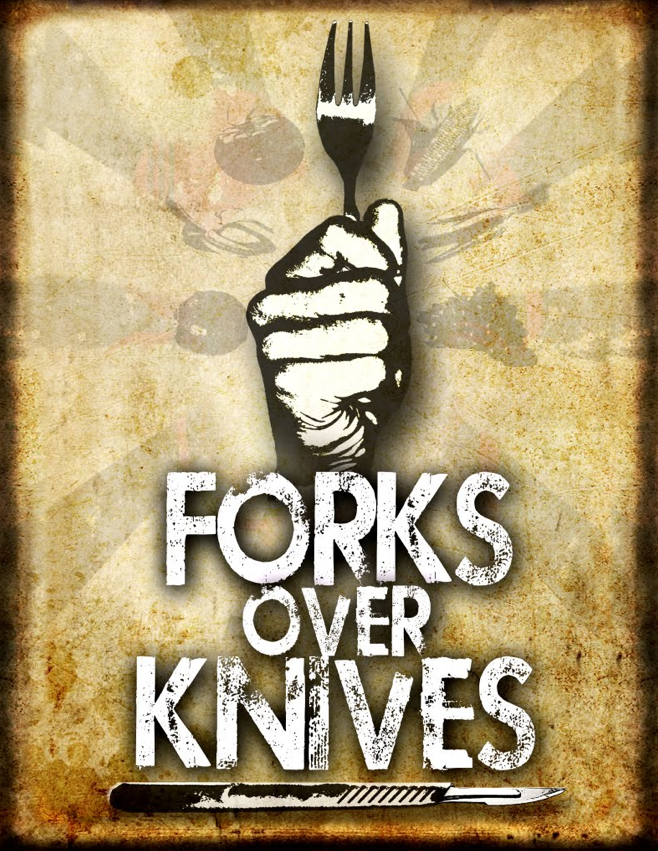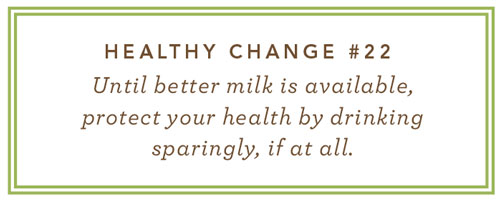Let us now honor the Luddites

Remember the Luddites? The very name almost makes us laugh. In the early 1800s they raged across the countryside of northern England, destroying the textile machines that were taking their jobs. They’re remembered for their crusade against the advance of the Industrial Revolution—for the naïve believe that progress could be resisted. The Luddite movement was put down harshly by the powers that were, but there was something to their protest that caught the public fancy. On the 200th anniversary of their first protests, we still remember their name.
A new, nobler, image of the Luddites was presented in the March issue of the Smithsonian. The Luddites were not actually opposed to the textile machines—most of them worked in the industry. Instead, they fought against predatory practices, like putting the young to work at poverty wages without proper training as apprentices. The rising issue was how to balance the conflicting needs of man and machine. Business was looking after the machines quite well, thank you, but someone needed to look after the people. Their movement was a first step in the long march to better treatment of workers.
This brings us to the 20th century march of the Industrial Revolution through our food supply. We are in a new century now, and the health consequences of the industrialization of food are ever before us. The first task of the 21st century should be to reinvent—to reform—our dietary with the passion of a Luddite, but with the wisdom history can provide. We shouldn’t oppose machines that mill flour more efficiently. But we should oppose the removal of vital nutrients to improve shelf life or appeal to our innate desire for sweetness.
The roller mill making refined and bleached white flour is bad; a mill suitable for home use is good for those who can afford; but a mill in the grocery store that allowed the purchase of freshly ground whole flour by all would be better. Industry should serve man, not vice versa. So we are engaged in a process of reformation that is both wise and creative. We seek a new paradigm for how to live and be well in the modern time. And this brings us to gateway recipes.
Gateway Recipes
In the beginning we thought our readers would be most interested in scientific food studies so we placed less emphasis on recipes. Instead we have seen a growing interest in what we’ve termed gateway recipes. Gateway recipes are more than directions for a meal—they open the door to a better way of cooking and eating. The recipes for the Breakfast Compote and Katie’s Granola are revolutionary because they eliminate the need for unhealthy store-bought cereals. The recipe for Basic Bread had a similar effect—it showed that bread could be healthier, tastier, and cheaper if made at home. Dropping French fries from our dietary sounded easier after we tried the Oven-Roasted Fries recipe. Gateway recipes enable the food reformation and they also send a sharp message to the corporate chieftains that they must reform or become the new dinosaurs.
Cruciferous Vegetables
Named for their cross-shaped flower, cruciferous vegetables are this week’s subject. The family includes broccoli, cabbage, cauliflower (all shown above), plus kale, Brussels sprouts, bok choy, and radishes, all potent sources of antioxidants, soluble fiber, vitamins, and minerals. This is reason enough to include them in your diet but studies also suggest they are protective of cancer. You can read more about Dr. Joel Fuhrman's take here.
It is impossibly difficult to prove the role of any substance in promoting or preventing cancer. But there is growing evidence the cruciferous vegetables are protective of colorectal, breast, prostate, lung, and other cancers though further research is needed. Cruciferous vegetables have no official intake recommended but epidemiological studies suggest at least five weekly servings.
Returning to the idea of gateway recipes, you readers have recommended these cruciferous dishes:
• For a hold-the-mayo vinegar coleslaw with oregano, go here.
• For a Broccoli Cheddar Soup recipe look here.
• If you miss German food, here’s the recipe for a red cabbage dish.
• And for Pasta with Hashed Brown Sprouts and Pine nuts, go here.
Please comment: Be a Luddite by sharing recipes that enable healthier living, or suggesting topics for gateway recipe research.
 Wednesday, June 29, 2011 at 6:54AM | by
Wednesday, June 29, 2011 at 6:54AM | by  Skip Hellewell |
Skip Hellewell |  16 Comments |
16 Comments |  4 References | | in
4 References | | in  cancer,
cancer,  recipe,
recipe,  vegetables |
vegetables |  Email Article
Email Article 

















